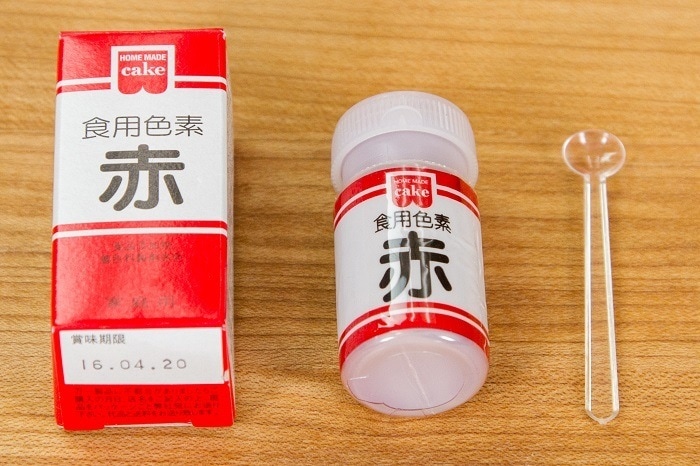Introduction
Orange food coloring is a popular ingredient in the food industry, used to add a pop of color to various baked goods, confectionaries, and drinks. The color orange is often associated with warmth, happiness, and playfulness, making it a popular choice for children’s snacks and desserts. The vibrant hue of orange food coloring can make an ordinary baked good look more appealing and eye-catching, increasing its overall appeal to customers.
Types of Orange Food Coloring
There are several different types of orange food coloring available on the market, each with its own unique properties and uses. Some of the most popular types include natural food coloring, made from fruits and vegetables such as carrots, paprika, and pumpkins, as well as synthetic food coloring, made from chemicals.
Natural food coloring is a popular choice among bakers and home cooks due to its safety and all-natural ingredients. This type of food coloring is made from natural sources such as fruits and vegetables, and is free from harmful chemicals and artificial preservatives. It is also a healthier option, as it does not contain any artificial sweeteners or chemicals that can be harmful to one’s health. Additionally, natural food coloring has a mild flavor, making it an ideal choice for use in sweet and savory dishes alike.
Synthetic food coloring, on the other hand, is made from a combination of chemicals and is often used in large-scale food production. This type of food coloring is highly concentrated and provides a bright, vivid color that is not always achievable with natural food coloring. Synthetic food coloring is often used in mass-produced snacks, drinks, and desserts, as it is a cost-effective and efficient way to color large quantities of food.
Using Orange Food Coloring
When using orange food coloring, it is important to remember that a little goes a long way. Too much food coloring can result in a bitter, unappetizing flavor, while too little may not produce the desired effect. It is also important to choose the right type of food coloring based on the recipe, as natural and synthetic food coloring can produce different results. For example, synthetic food coloring is often recommended for frosting, as it provides a brighter, more intense color, while natural food coloring is ideal for use in baked goods, as it has a mild flavor that won’t overpower the taste of the recipe.
Enhancing Flavor with Orange Food Coloring
In addition to adding color to food, orange food coloring can also be used to enhance the flavor of a dish. For example, natural food coloring made from paprika or turmeric can be used to add a subtle spiciness to a dish, while natural food coloring made from carrots can be used to enhance the sweetness of baked goods.
Conclusion
In conclusion, orange food coloring is a versatile ingredient that can be used to add color, flavor, and appeal to various foods and drinks. Whether you choose natural or synthetic food coloring, it is important to use it in moderation and select the right type of food coloring for your recipe to achieve the desired result. So next time you’re whipping up a batch of cupcakes or a pitcher of lemonade, consider adding a touch of orange food coloring to make your treats and drinks stand out!






